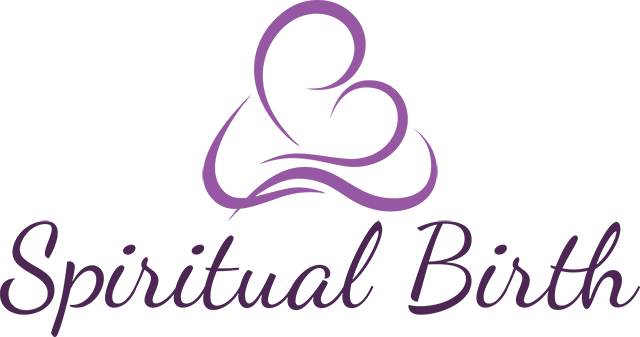 My introduction to waterbirth came 25 yrs ago soon after I first started helping mothers give birth to their babies at home, when a mother I was assisting…gave birth while she was in her large bath submerged in warm water. The mother was completely relaxed, there was no tearing or screaming, the baby appeared comfortable and unstressed. Prior to this, I had read about the work of obstetricians Igor Tcharkovsky in Russia and Michel Odent in France, who both allowed and encouraged women to use water for labour and birth.
My introduction to waterbirth came 25 yrs ago soon after I first started helping mothers give birth to their babies at home, when a mother I was assisting…gave birth while she was in her large bath submerged in warm water. The mother was completely relaxed, there was no tearing or screaming, the baby appeared comfortable and unstressed. Prior to this, I had read about the work of obstetricians Igor Tcharkovsky in Russia and Michel Odent in France, who both allowed and encouraged women to use water for labour and birth.
Most women are drawn to warm water as it eases the discomfort of labour. It makes women feel safe and contained, relaxes them and helps them to stay soft and yielding for the process of giving birth. It is safe both for the mother and baby when labour is normal and has a number of physiological benefits, such as less perineal tearing and lowering of the blood pressure. Being immersed in water provides buoyancy to a pregnant woman’s body during labour and this diminishes the experience of pain as well as enabling a woman to move freely and adopt upright positions for the birth, which utilize the force of gravity. Women’s privacy is protected in the water and they feel less vulnerable and exposed than giving birth on land. The baby, still attached to the umbilical cord, will only breathe when he is lifted out of the water. There are a few contra-indications to giving birth in water such as a complicated pregnancy, twin birth or a delayed pushing stage. Some women do not wish to give birth in water but are happy to use the bath for pain relief during labour only. The attending midwife should have some knowledge or experience of waterbirth and should listen to the woman in labour and observe her closely, monitoring the baby at regular intervals.
Elena Tonetti, a Russian drama school graduate was fascinated by the experience of waterbirth when she heard about it, and has spent the last 15 years, with the help of Russian midwives, observing and facilitating women in Russia give birth in water. Elena and the midwives also took groups of women to give birth in the Black sea and Elena has made an astounding and inspiring film of these experiences called ‘Birth As We Know It’. More than just giving birth in water they describe how the emotions and feelings a woman brings with her to the birth experience affect the nature of the process of birth. A woman who is willing to face and heal the painful issues in her life opens herself to understanding her feelings and emotions and this will aid her in giving birth because it is a primal, instinctual process. Elena Tonetti states : “Emotional presence in the body is very different from physical or mental strength. In birth the only thing that counts is what sustains the mother on the inside. Can she be still in the centre of all this intensity and hold her ground. By the time of the delivery, a woman needs to let go of everything that might hold her back, and just be present for herself and her baby. She needs to activate her body’s innate intelligence, clear out any emotional pain and be in touch with herself. After all, whatever she experiences during the pregnancy and birth will have a life-long effect on the baby.”
Babies born in water are more alert and less stressed than babies whose mothers have used drugs or an epidural for pain relief, or who have had a caesarian section. This observation points to evidence that babies are aware and conscious well before they are born, and in fact, are susceptible to neurological trauma from a negative birth experience. Complicated births have been found to be associated with behavioural problems in babies and children such as crying, feeding problems, inability to settle, tantrums, learning disorders and even psychiatric disorders and suicidal tendencies. While healing therapies for these problems are available, it is surely proactive to be preventing such problems in the first place and this leads us to the importance of emotional preparation for birth and the use of water as a supportive tool both during pregnancy and birth.

2 thoughts on “Waterbirth”